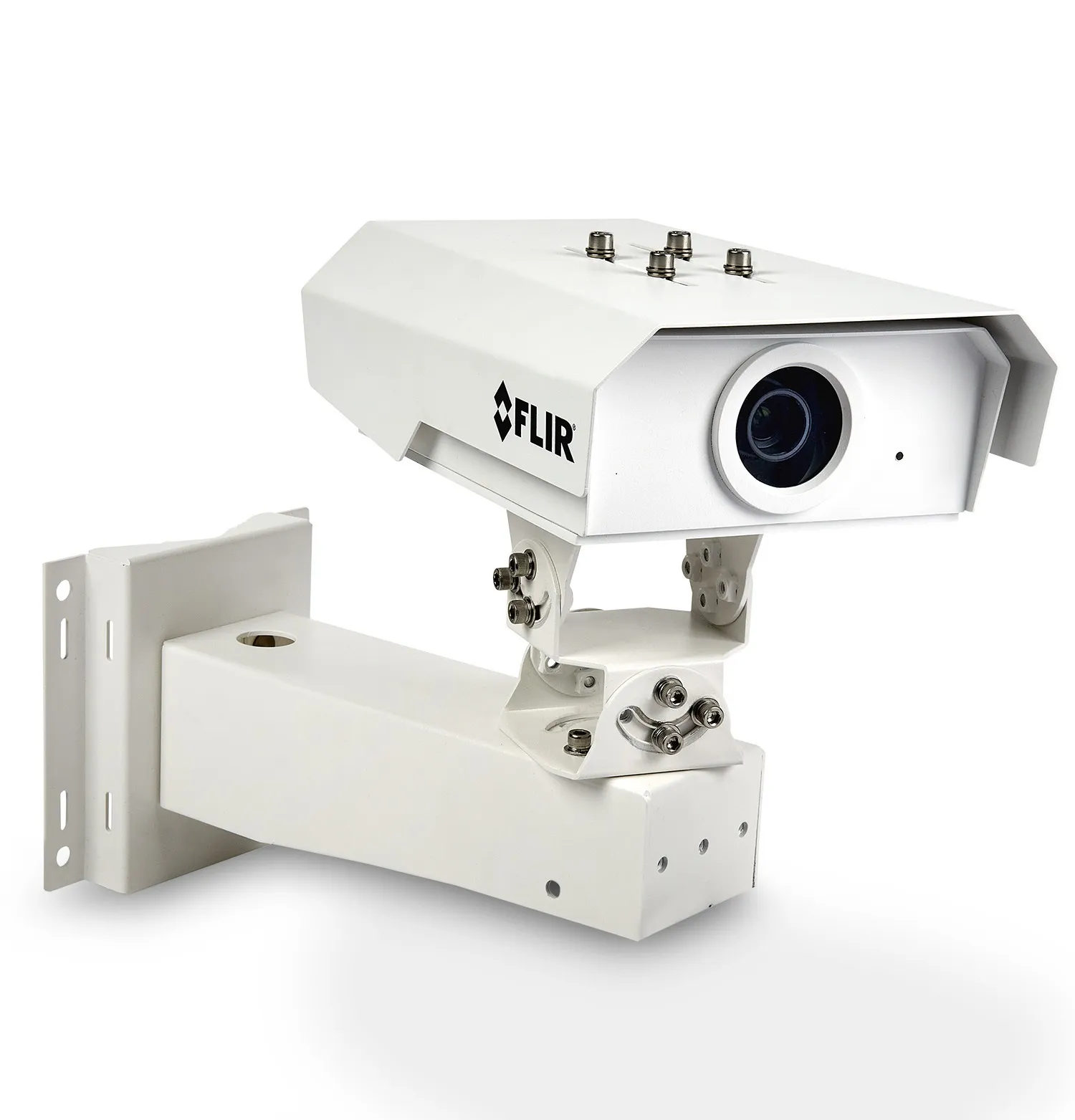Clearview Intelligence, Zeta Specialist Lighting and AEV have produced a solar-powered road stud designed to reduce night-time road accidents by improving guidance and hazard warnings to night-time drivers.
Called SolarLite 2 (SL2) the stud is said to provide visibility of the road geometry up to 900m ahead - a 10 fold increase over reflective studs - and to decrease night- time accidents by over 70%. It uses solar powered high intensity LEDs, which do not rely on vehicle headlights to perform effectively.
The increased distance visibility allows drivers additional reaction time to respond to road layouts ahead. At a vehicle speed of 100km/h (62 mph), this can increase the time a driver has to react from 3.2 seconds to over 30 seconds.
SL2’s road studs use patented solar energy harvesting and storage electronics to power high-intensity LEDs. The robust housing of the embedded road stud has a profile of less than 4mm above the road surface, making them unobtrusive to road users, and able to withstand passing traffic and snowplough use. It will be available in Spring 2018.
Clearview releases new solar stud to improve highway safety
Clearview Intelligence, Zeta Specialist Lighting and AEV have produced a solar-powered road stud designed to reduce night-time road accidents by improving guidance and hazard warnings to night-time drivers. Called SolarLite 2 (SL2) the stud is said to provide visibility of the road geometry up to 900m ahead - a 10 fold increase over reflective studs - and to decrease night- time accidents by over 70%. It uses solar powered high intensity LEDs, which do not rely on vehicle headlights to perform effectively.
January 25, 2018
Read time: 2 mins










